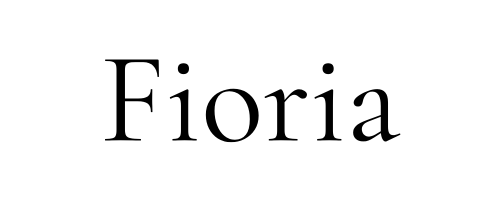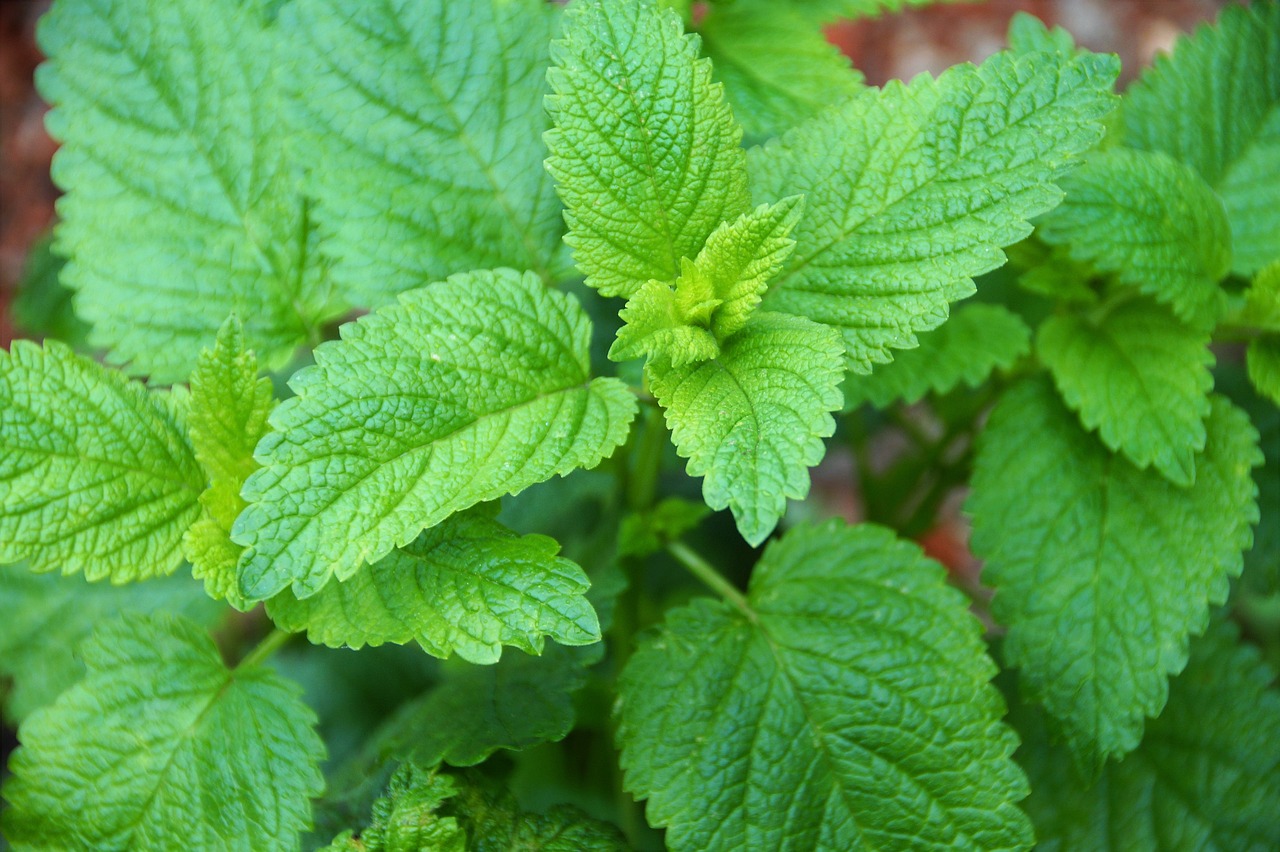Monarda: Features and Care

Monarda is a herb known for its vibrant flowers and distinctive fragrance. It is commonly referred to as “Bergamot” or “Bee Balm” and is celebrated for its ability to brighten summer gardens. Besides its ornamental value, Monarda is also used as a herb for tea and aromatherapy.
In this article, I will explore Monarda’s basic information, cultural background, historical significance, and gardening tips.
Basic Information
- Scientific name: Monarda didyma
- Family: Lamiaceae
- Origin: North America
- Appearance: Monarda features clusters of flowers in vibrant shades of red, pink, and purple. The stems grow upright, and the leaves are similar to mint, emitting a refreshing aroma. The plant can reach a height of 60–120 cm.
- Blooming season: It blooms throughout the summer, from June to August.
Cultural Significance Around the World

Monarda is a beloved plant in North American gardens and natural landscapes. In the United States, it is known as “Bee Balm” and adds a lively touch to summer gardens with its vivid colors. The flowers attract hummingbirds and butterflies, making Monarda an eco-friendly plant that enhances wildlife-friendly gardens.
In addition, Monarda is used in cultural events and festivals. In North America, it has been used as a decorative element in Native American rituals and harvest festivals, adding a festive and colorful atmosphere. In Europe, Monarda is popular among gardening enthusiasts and is often seen in natural and country-style gardens.
Historical Episodes
The history of Monarda is deeply intertwined with Native American culture in North America. Native Americans incorporated this plant into their daily lives and rituals, using it to make “Oswego tea,” a herbal tea named after the Oswego region in New York, where local tribes used it extensively.
In the 18th century, Monarda was introduced to Europe and became a favorite in English and French gardens. During the American Revolution, when British tea was boycotted, American patriots used Monarda leaves as a substitute. This “Oswego tea” became a symbol of patriotism and played a historically significant role in America’s struggle for independence.
Gardening Advice

Monarda thrives in sunny locations but can also tolerate partial shade. It prefers well-drained soil that retains some moisture, and keeping the soil from drying out is crucial, especially during the summer. Regular watering is recommended, as Monarda is sensitive to drought.
Planting Monarda in a well-ventilated area helps prevent powdery mildew and other diseases. In spring, mixing compost into the soil provides sufficient nutrients for healthy growth. After the flowers have finished blooming, pruning helps encourage new shoots and ensures the plant remains vigorous for the next season.
Why Monarda is Called “Bergamot”
Monarda is often referred to as “Bergamot,” but it should not be confused with the citrus plant Bergamot Orange (Citrus bergamia). The leaves of Monarda have a citrus-like fragrance reminiscent of Bergamot Orange, which is why it is called “Bergamot.”
However, Monarda belongs to the mint family (Lamiaceae), whereas Bergamot Orange is a member of the citrus family (Rutaceae). This similarity in scent has led to confusion, but it is essential to recognize the differences in their uses and characteristics.
Conclusion
Monarda is a versatile plant that not only adds vibrant colors and a delightful fragrance to the garden but also carries rich cultural and historical significance. The fact that it is referred to as “Bergamot” due to its citrus-like aroma adds to its uniqueness.
Easy to grow, Monarda is a fantastic addition to any summer garden, bringing life and charm to your outdoor space.




